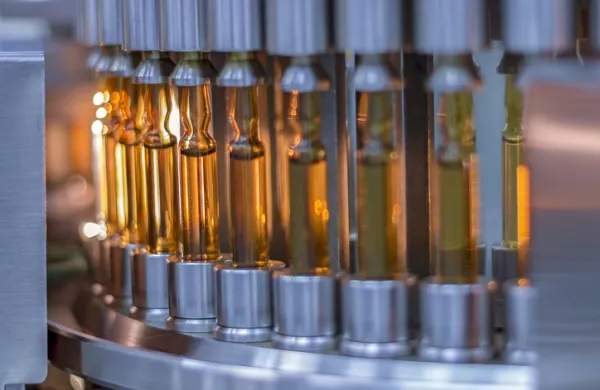The Nederlandsche Bank warns that the currency the maharishi created for his virtual nation, the Global Country of World Peace, lacks proper collateral.
When the maharishi, who's believed to be in his 80s, founded a territoryless global state dedicated to practicing TM and eliminating poverty three years ago, he decided that the GCWP should have its own currency. So the maharishi hired the company that prints Dutch euro notes to run off several million raam, whose front bears the likeness of the Hindu deity Ram. Thousands of TM followers who make pilgrimages to the maharishi's ashram in the village of Vlodrop use the raam like scrip at local shops.
But the maharishi also has a more ambitious mission for the raam. "The Dutch project is meant to be an illustration and an inspiration, helping poor people in developing countries understand how to use raam as an aid for development," says Benjamin Feldman, the maharishi's "finance minister." The maharishi aims to promote export-oriented agricultural projects in developing countries by paying workers in raam. Effectively IOUs, these raam -- which won't be backed by hard currency like the Dutch version -- will be convertible into real currency once the projects generate revenues. And unlike euros and dollars, raam are wonderfully convenient, because, as the maharishi has said, they can just be printed up at will.
"There are not enough dollars or euros available to provide the kind of start-up finance that can eliminate world poverty," notes Feldman. "In the developing world, with raam, this won't be the case."
To back his virtual currency in the Netherlands, the maharishi deposited E1 million ($1.08 million) with a local bank; the raam can in theory be exchanged for euros on demand. The fly in the patchouli oil is that 32 million raam have been printed, and at the "official" exchange rate of one raam per E10, that works out to a stunning E320 million of raam backed by E1million (though most of those raam are destined for developing countries).
Finance Minister Feldman, who has a Ph.D. in the science of creative intelligence from Maharishi European Research University, insists that there's no risk of the raam flooding the Dutch market. "We would have to issue a new prospectus if we wanted to legally distribute more than E1 million worth, which is not our intention," he says.
A representative for the Dutch central bank says with a deep sigh that "we are still investigating to see if there are legal means to stop the raam." Still, it's fair to ask (especially in the Netherlands) what the bankers were smoking when they allowed it.





